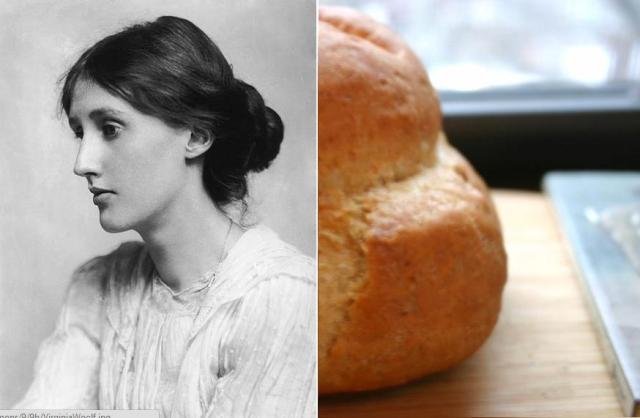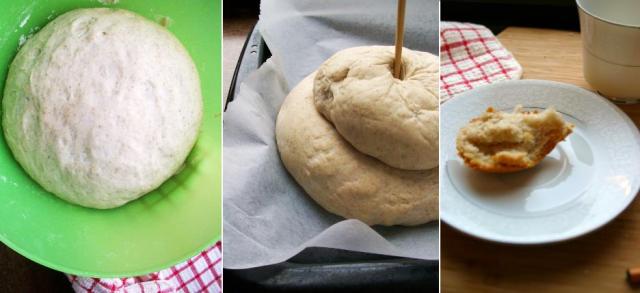Holiday parties usually follow a traditional recipe:
- Take several people who know each other either a little too well (friend parties with potential romantic prospects) or not well enough (anything work related).
- Add copious alcohol, perhaps with a brief food afterthought—a few Christmas cookies or maybe a random ham if you’re being fancy about it.
- Mix well.
The result is frequently uncomfortable, both emotionally and physically. The solution, as Edith Wharton deduced, is simply putting food first.
Wharton “liked rich and choice food and a good deal of it”; her favorite dishes included mock turtle soup, roast chicken, strawberries and cream, and lobster any which way. Dinner parties at the Mount, her estate from 1902 til her move to Europe in 1911, were lavish affairs, requiring a staff of 10 to prepare the elaborate menus.
The same servants were also charged with keeping Wharton’s guests fed throughout the day, including picnics on the grounds and snacks around the clock. “You needn’t bring supplementary apples or candies in your dressing bag,” Henry James wrote to a friend about his stay at the house, adding that as a hostess Wharton was “kindness and hospitality incarnate.”
At holiday time, though, Wharton took it to the next level, food-wise. A few recipes of her household recipes are preserved in Yale’s Beinecke library, including one for “Mrs. Wharton’s Christmas Pudding,” a dish that George Orwell later called “extremely rich, elaborate and expensive.” Maybe the most vocal author advocate of puddings in general, Orwell published his own pudding recipe; Wharton’s version, from across the pond, is very similar—in fact, nearly identical—except for her addition of glace cherries, a special touch for her high society friends.
Picking that perfect group of friends, of course, is the other necessary ingredient for a successful holiday party, another thing Wharton knew well. Her frequent guest Vivienne de Watteville noted that food at the Mount was only rivaled by the stimulating company: “Dinner was a poem to which brains and palate equally combined to bring a fitting appreciation.” Wharton was more blunt about how she settled on a guest list; when asked why her table only sat eight, she retorted, “Because there aren’t more than eight people in New York I care to dine with.”









